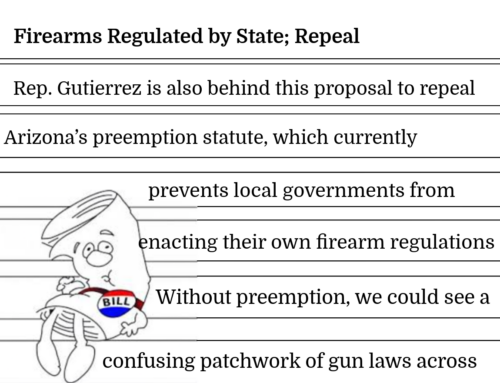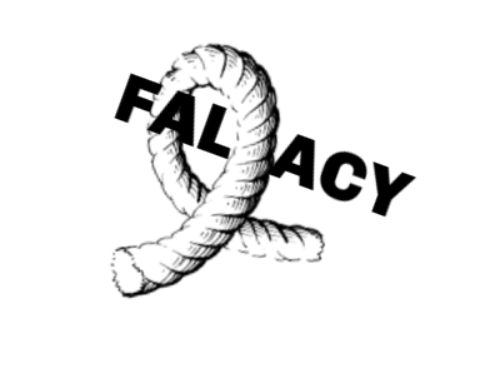from the NRA News
On April 11, the Biden Administration announced the finalization of a new firearm rule, and a new nominee to head the Bureau of Alcohol, Tobacco, Firearms and Explosives (“ATF”). The rule, ATF 2021R-05, is substantially the same as when it was proposed last May.
There has been a fair bit of confusion about what the rule does because it changes a number of core definitions in federal law (including the definition of “firearm”). Here are the basics of what the rule does and does not do:
The rule does:
- Effectively ban certain parts, often referred to as “80% receivers,” that assist individuals in making their own firearms. Under the rule, even receivers that clearly cannot yet function as part of a firearm would be treated legally as a “firearm” under federal law.
- Change a number of definitions in federal law that will, going forward, affect which part of a new firearm design will be considered the “frame or receiver.”
- Require licensed dealers who come into possession of unserialized firearms to place a serial number on the firearm within seven days. Under current law, only licensed importers and manufacturers are required to mark firearms that they import or manufacture.
- Require the indefinite retention of firearm transaction records by licensed dealers. Under current law, records can be destroyed after 20 years.
The rule does not:
- Require that AR-15 upper receivers are treated as “firearms.” The proposed rule indicated that ATF intended to consider some firearms as having more than one “frame or receiver.” In response to comments from NRA and others, ATF has abandoned that provision. All existing firearm designs have their current “frame or receiver” classification “grandfathered” under the final rule. Only new firearm designs will be subject to the new “frame or receiver” definitions.
- Ban the home manufacture of firearms. ATF admits that they do not have the authority to ban home firearm manufacturing. Firearms made by individuals who are not Federal Firearm Licensees, whether made by additive manufacturing or other means, are still not subject to the marking and recordkeeping requirements of federal law.
When the rule was announced, a copy appeared on the ATF’s website, but it has yet to be posted to the Federal Register. Until it is posted, it is not technically finalized. It will take effect 120 days from the date it is posted in the register.
As NRA pointed out in comments on the proposed rule, we strongly oppose this bureaucratic power grab by the Biden Administration and think that large portions of the rule are unlawful because they go well beyond the authority that ATF has been granted by statute. NRA intends to pursue all available means to prevent this rule from going into effect or to block its enforcement.





